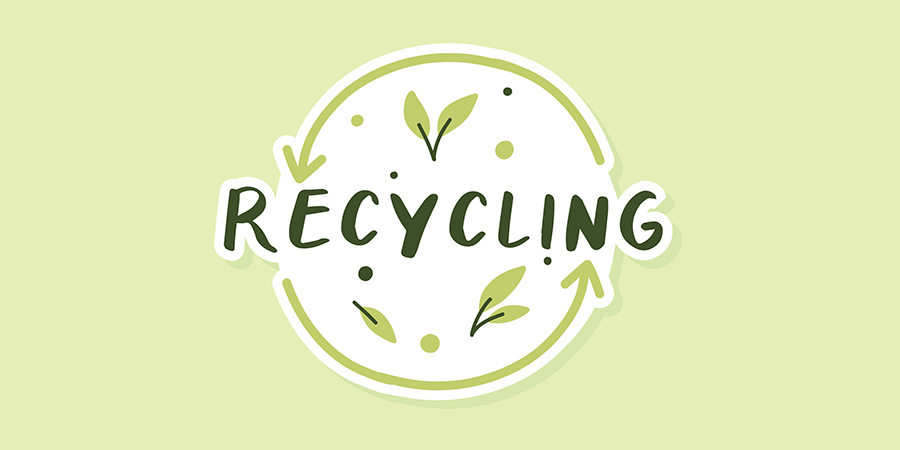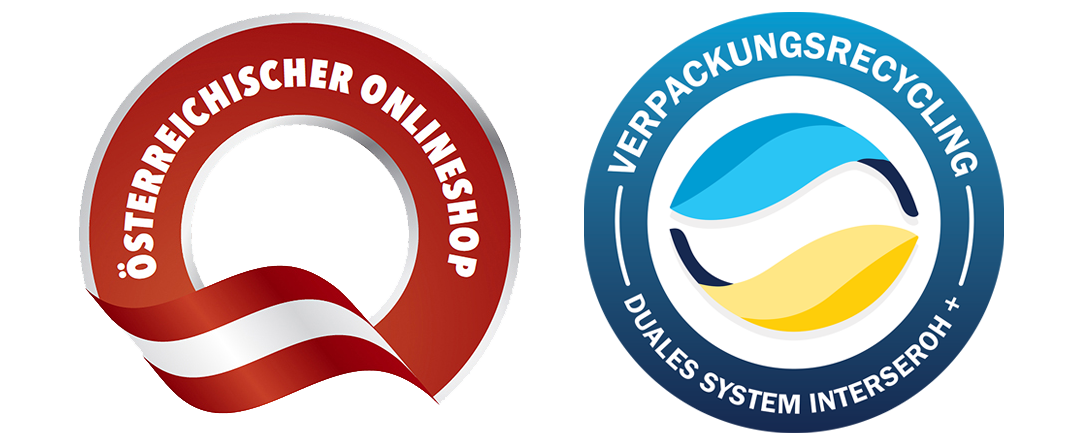Recycling in the fashion industry
Recycling is currently on everyone's lips.
Outdoor jackets made from PET bottles, bikinis made from old fishing nets and trainers made from coffee grounds. "Reuse, reduce, recycle." is the marketing slogan of the moment.
According to a Greeenpeace survey, there are around 4.9 billion items of clothing in German wardrobes - not to mention overproduction and leftover stock from retailers. And new ones are added every day.
Not all recycling is the same
Single-variety recycling involves breaking down used textiles into their original fibres. The aim is to ensure that the quality of the fibres is not impaired as much as possible.
This becomes a particular challenge when textiles are made from a mixed fabric that is difficult to separate from one another using complex industrial processes. Often only the weaker form of recycling, downcycling, remains as an option. This means that materials are used for a lower-value application than before, such as filling material for upholstered furniture, as cleaning cloths or non-woven fabric.
Fibre-to-fibre recycling
Only 1 percent of used textiles are currently recycled fibre-to-fibre, explains Sebastiaan Krol, CEO of Interzero Circular Solution. On the one hand, this shows how great the need is for processes that specialise in precisely this, and on the other, how enormous the proportion of used textiles that are landfilled or incinerated is.
The path to recycling
All too often, items of clothing remain unworn. They can then be sold on via reselling platforms. But what happens if no one is interested in buying the clothes in the end? So they are sorted out, thrown away or put in the old clothes collection.
The correct disposal of garments plays a decisive role in their commercial recyclability. Depending on this, the textiles are either recycled or sent for incineration as textile waste.
When fashion items reach the used clothing collection, they are subjected to a categorisation process to determine their resale value. This usually takes place in newly industrialising countries in Eastern Europe, South America or the African continent. However, the necessary infrastructure to recycle the garments for the respective market is often lacking. The result? Our clothes can be found along river and sea estuaries or piled up in piles of used clothing in the most remote places in the world. If (used) textiles cannot be resold, the elaborately produced garments end up as waste. According to a study published by McKinsey, every person in Europe produces more than 15 kilograms of textile waste every year, at least a fifth of which could be made into new clothing through recycling.
The question of responsibility
This quickly raises the question of why fashion ends up thousands of kilometres away in the Atacama Desert in Chile or at the Kantamanto market in Accra, Ghana, instead of companies taking back the clothes they produce to recycle them.
Sebastiaan Krol explains that fashion companies will probably only pay more attention to taking back the garments they produce when they are legally obliged to do so. Krol relies on the so-called EPR, the Extended Producer Responsibility. Producers must financially and/or physically ensure the disposal of products after use. With extended producer responsibility, companies could be more concerned about avoiding waste, which could ultimately lead to the environmentally friendly design of garments.
EU strategy
The EU Commission has responded and presented its EU Textiles Strategy in March 2022. One of the aims of the strategy is to make the textiles used on the market in the EU durable and recyclable by 2030. The EPR in the textile sector is also to be incorporated into the process of revising the EU Waste Framework Directive, which will begin in 2023.
Conclusion
Krol's appeal to consumers, no matter how banal it may sound, is to consume less. If we do consume, it should be fashion that is durable and made from mono-materials so that garments can be recycled at the end of their life cycle. "Fast fashion and a throwaway mentality must be a thing of the past."
——————
Source: FOGS Magazine


